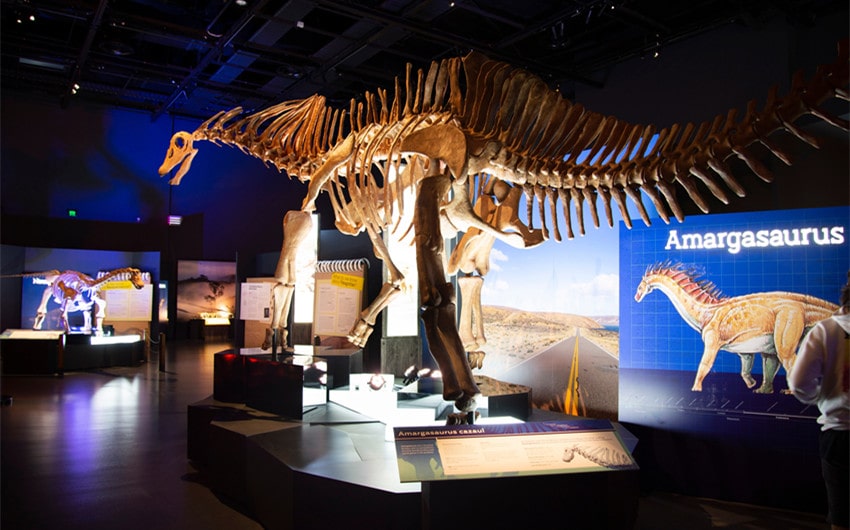Surprising Insights Behind the Amargasaurus Name Meaning
Dinosaurs have some of the most intriguing names, often tied to where they were found or what they looked like. One standout is Amargasaurus, a striking dinosaur known for the tall, spiny structures along its neck. But there’s more to this creature than just appearance—the Amargasaurus name meaning holds a fascinating connection to its discovery site in Argentina.
Whether you’re a dinosaur enthusiast or just curious about how prehistoric creatures get their names, exploring where this one comes from reveals a lot about both science and language. Let’s take a closer look at the story behind the name.
Linguistic Origins and Meaning of Amargasaurus
The name Amargasaurus comes from a blend of Spanish and Greek roots, reflecting both the location of the dinosaur’s discovery and the scientific tradition of using classical languages in taxonomy.
The first part, “Amarga,” is taken directly from La Amarga, a region in Patagonia, Argentina, where the dinosaur’s fossils were first unearthed. La Amarga is also the name of a geologic formation—the La Amarga Formation—which dates to the Early Cretaceous period and is known for preserving important fossil specimens. Interestingly, while “amarga” translates to “bitter” in Spanish, the use of the word in the dinosaur’s name is purely geographical and not meant to describe any trait or behavior of the creature itself.
The second part of the name, “saurus,” is a common suffix in dinosaur names and comes from the Greek word “sauros” (σαῦρος), meaning “lizard” or “reptile.” This is a standard component in the naming of many dinosaur genera, signifying that the creature is part of the reptilian lineage.
When combined, Amargasaurus literally means “La Amarga lizard”, directly linking the species to the location of its discovery. The name serves not only as a scientific identifier but also as a tribute to the region of Argentina where this rare and visually striking dinosaur was found.
This naming convention reflects a broader tradition in paleontology, where the names of newly discovered species often honor the site of excavation, a physical characteristic, or occasionally the individual who discovered it. In the case of Amargasaurus, the name is a geographic marker—highlighting both the scientific origin of the find and its connection to the rich fossil history of South America.
Symbolic Significance of Amargasaurus
A Discovery Rooted in Harsh Beauty
Amargasaurus was unearthed in the rugged, arid terrain of Patagonia, Argentina, a region known for its dramatic landscapes and rich fossil beds. The name’s tie to La Amarga—meaning “the bitter” in Spanish—adds a poetic layer of symbolism.
It reflects the idea that beauty, resilience, and rare discovery can emerge from even the most challenging and remote environments. In this sense, Amargasaurus stands as a symbol of endurance and hidden potential.
Standing Out Through Distinctiveness
One of the most iconic features of Amargasaurus is its tall, double row of neck spines—a structure unmatched by most other dinosaurs. These spines may have supported a sail or served a visual or defensive purpose.
Symbolically, they represent individuality, bold expression, and the value of being different. In a world dominated by larger and more fearsome dinosaurs, Amargasaurus reminds us that uniqueness can be a strength, and visibility can be a form of power.
A Tribute to Scientific Curiosity
The discovery of Amargasaurus in the early 1990s contributed significantly to our understanding of South American dinosaur diversity. Its presence in the fossil record highlights the importance of exploration beyond well-trodden paths, making it a powerful symbol of scientific curiosity and discovery.
It encourages us to stay curious, look deeper, and recognize that some of the greatest insights come from places and ideas that others may have overlooked.







